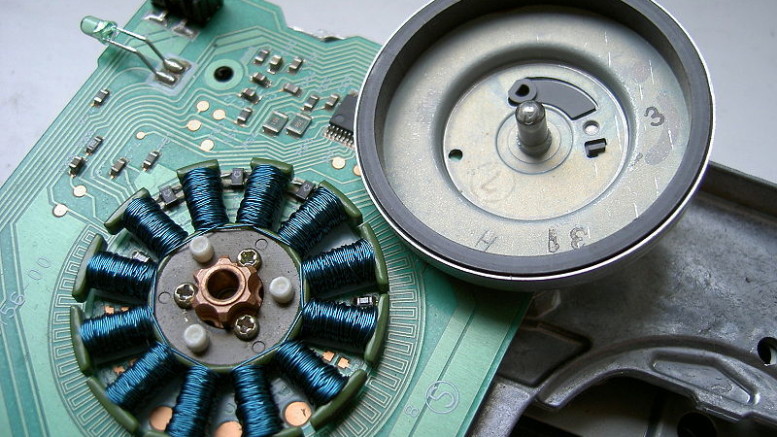Precision brushless electric motors are electric alternatives for old-style brushes that tend to wear off after a certain period of time due to mechanical wear and tear. It is a type of electric motor driven by an electrical input that does not have any form of slip ring. Precision brushless electric motors are high-performance motors offering an easy installation process and very low, or indeed barely any maintenance cost. They also have characteristics such as a longer shelf life than brushes, reduced energy costs, and lower levels of noise, which have made them popular. The primary use of these motors is to be found in applications concerning speed regulation, since they are customized for a precise output.
Know More About this Market @
http://www.transparencymarketresearch.com/precision-electric-motors-market.html
The Global Precision Electric Motors Market stood at US$22.6 bn in 2013 and is predicted to reach US$52.2 bn by 2020. It is expected to expand at a CAGR of 12.70% between 2014 and 2020.
The increasing manufacture of defense and aerospace equipment, home appliances, motor vehicles, and other electric-motor-driven systems have raised the demand for precision electric motors, thus boosting the market. The utilization of precision electric motors within medical diagnostic applications and the rising demand for industrial robots are poised to bring in new opportunities for the market in the forthcoming years. On the other hand, the rising cost of precision electric motors will impede the growth of the market in the coming years.
The market of precision electric motors (brushless) is expected to grow at a slower pace in North America and Europe. The demand for precision electric motors (brushless) is expected to rise due to the replacement of out-dated low efficient electric motors with highly efficient precision electric motors. In addition, the stringent energy consumption regulations and environment protection acts are the major factors that are driving the precision electric motors (brushless) market globally.
Precision Electric Motors (Brushless) Market: by Type
> AC brushless motors
> DC brushless motors
Precision Electric Motors (Brushless) Market: by Application
> Automotive
> Industrial machinery
> Household appliances
> Defense and aerospace
> Healthcare
> Others
Get Sample Report to Analyze the Market @
http://www.transparencymarketresearch.com/sample/sample.php?flag=S&rep_id=4161
In terms of motor type, the precision electric motors market is segmented into DC brushless motors and AC brushless motors. Amongst these, DC brushless motors can be controlled using simple switching commutation logic, while AC brushless motors are controlled via complex algorithms requiring mathematical capabilities. In 2014, DC brushless motors held the biggest share of US$21.2 bn in the market in terms of revenue and are predicted to maintain their superiority in the forecast period. The reason for the dominance of DC brushless motors is their increasing application in powertrains and chassis within cars.
In terms of application, the precision electric motors market is segmented into industrial machinery, automotive, defense and aerospace, household appliances, healthcare, and others. In 2013, on the basis of revenue, the industrial machinery segment represented a share of 25% in the market for precision electric motors. This segment also held the biggest share in the market in 2014 and stood at a valuation of US$6.7 bn. The superiority of this segment is attributed to the rising manufacture of industrial machinery, particularly in the developing nations of Brazil, Russia, and China, among others.
The prominent players dominant in the market include Yaskawa Electric Corporation, Baldor Electric Company, Nidec Corporation, Omron Corporation, and Regal Beloit Corp., among others.
Download the Brochure @
www.transparencymarketresearch.com/sample/sample.php?flag=B&rep_id=4161

